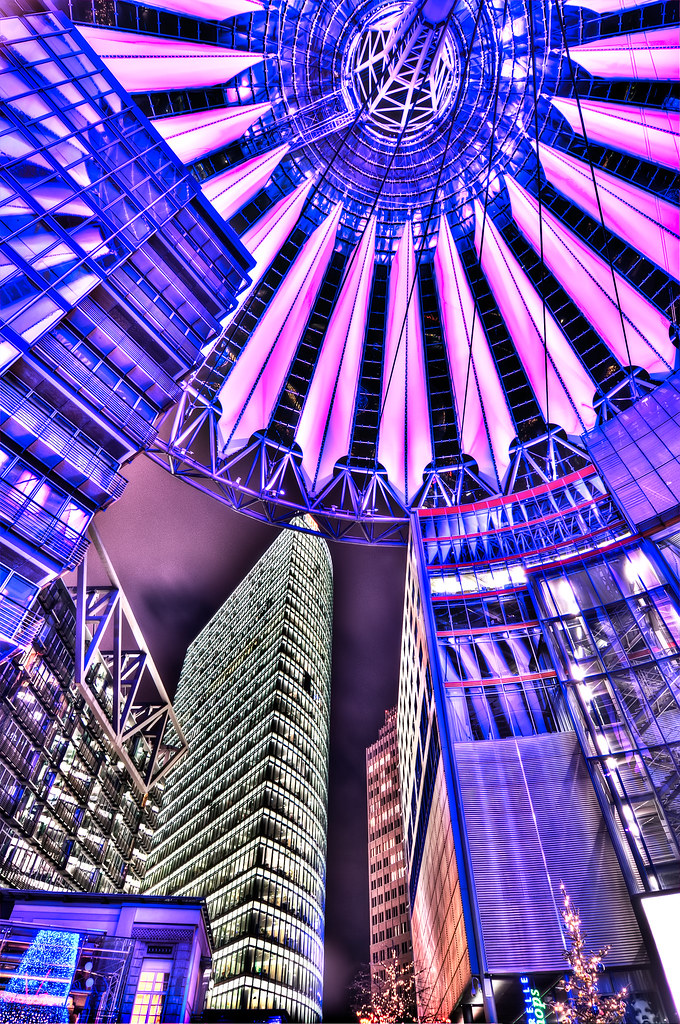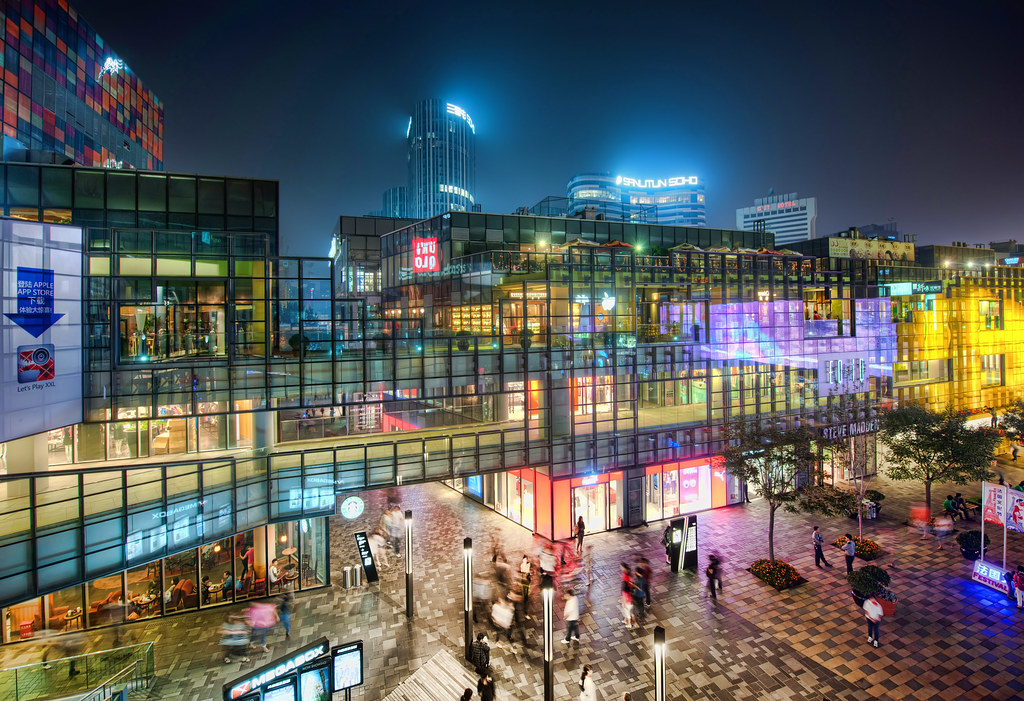Architecture is a form of art that shapes our surroundings, influences our emotions, and defines our experiences. When combined with the magic of cinema, architecture becomes even more captivating, taking us on immersive journeys through stunning structures and thought-provoking narratives. In this article, we will dive into the realm of architecture movies, showcasing the top 10 films that beautifully capture the essence of design and its impact on our lives.






The top 10 architecture movies mentioned above exemplify the powerful intersection of design and cinema. They take us on extraordinary journeys
Set design is an essential part of filmmaking as it creates the foundation that the actors act on. The design of the set can either enhance or detract from the story being told. The visual appeal of the set often influences the mood of the story while also creating a sense of scale and realism. For instance, the set of the Great Hall in the Harry Potter movies is a grand and majestic space that delivers a sense of awe to the viewers, emphasizing the importance of Hogwarts in the wizarding world.
Several movies have used architecture as an essential element in storytelling. These movies have captured the essence of architecture and used it as a visual language to convey complex themes. One such movie is the German expressionist movie Metropolis, which depicted a dystopian city of the future. The set designs in the movie captured the stark contrast of the wealthy living in sleek skyscrapers, towering above the slums of a struggling population.
Another excellent example is Christopher Nolan's Inception, where the fluidity and flexibility of various cityscapes reflect the complexities of the plot and help in delivering the psychological layers in the story. The Matrix is another great example, with its distinctive visual style that blended Japanese anime and cyberpunk into an iconic cinematic experience.
More recent movies have used architecture in subtler ways, but still, have significant impacts on storytelling. For instance, The Grand Budapest Hotel, uses architecture and interior design to convey the whimsical nature of the story and highlight the extravagant lifestyles of the characters. On the other hand, movies like Parasite use architecture to drive home the story's central themes while utilizing the space as an entity in itself, feeding off the tensions between the characters.
In conclusion, architecture has been an essential component of the movies, providing visual language and contributing to the storytelling. It serves as a layer of symbolism and offers insights into the depth of characters and the worlds they inhabit. Understanding the connection between architecture and films is to better understand the cinematic experience, with its unique blend of storytelling and technical design.
Architecture and films have a significant connection that many people often overlook. The way in which a film is shot, the manner in which the sets are created, and the technical aspects of filmmaking require a good understanding of architecture. In this article, we will explore how architecture has impacted storytelling in films, highlighting some of the best architecture movies to watch.

Immerse yourself in architecture’s most boundary-pushing ideas—where innovative home improvements meet visionary urban developments. Discover new building techniques, materials, and creative concepts that are redefining how we shape our spaces on a global scale.